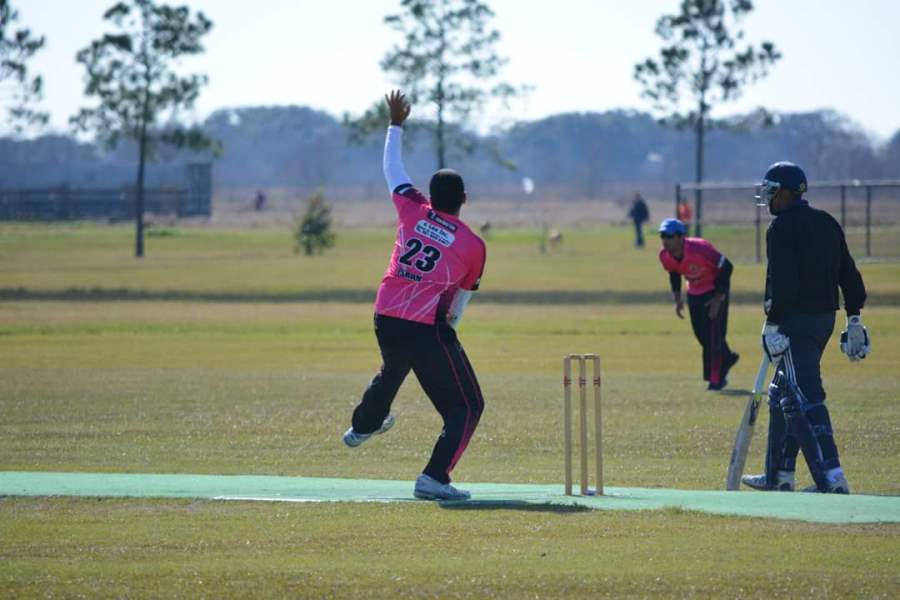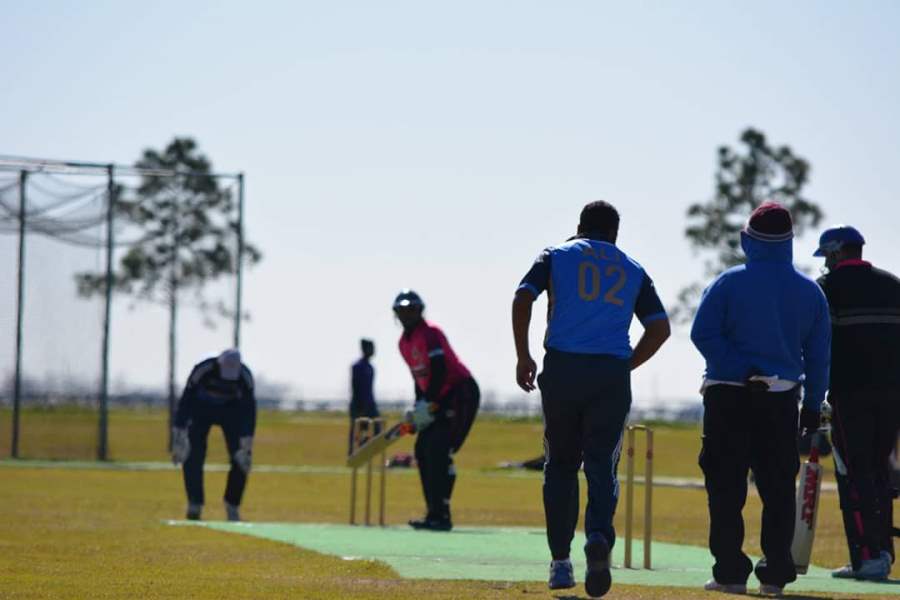Houston, we have a cricket league
March 9, 2017, http://www.espncricinfo.com/ma...t/story/1085032.html
Over the past four decades, expats from India and elsewhere have built up a vibrant cricket scene in the Texan city.

In Houston, land of pickup trucks and cowboy boots, a group of expats from India have built a cricket club of dynastic proportions.
The Houston Indian Cricket Club has won eight Houston Cricket League championships and recorded four runner-up finishes in the past 15 seasons. The club is so good that a number of first-class cricketers, such as Ranji Trophy player Milind Kumar, have competed here as a way to compile statistics and stay active during the rainy season back home.
Former West Indies international player Ricardo Powell competed and coached for HICC in recent years. Niraj Shah and Amir Nanji, former professionals in India, have also played with HICC. Both Shah and Nanji have represented Team USA internationally. Kumar played for HICC in 2016, and the club hopes to have the 26-year-old back on its top team this year if his pro commitments in India allow him to do so.
"I'm pretty sure [Kumar] enjoyed our activities after the games and enjoyed being in another country," said Monik Patel, 36, an Ahmedabad native who plays for HICC's second team and serves as club treasurer. "During the games, he brings a lot of experience for our team-mates. Obviously, he puts up some numbers so it benefits our team and it benefits him."
While the NFL helps connect Indian transplants to new friends here in the States, cricket forms an integral part of a cultural thread back to their homeland
Varun Singh, 32, a Mumbai native who plays for HICC's top team and serves as club secretary, said his team-mates greatly enjoy competing alongside someone as skilled and insightful as Kumar.
"Although he is younger, our players learn from him -- the way he thinks about the game and the way he thinks about certain situations," Singh said.
A highlight of the schedule for the Houston cricket community is the annual Independence Cup exhibition match held each summer, pitting expats from India against counterparts from Pakistan. The competition commemorates the dates when those countries mark their independence from the British Empire in 1947 - Pakistan on August 14 and India on August 15 - and Singh has played in the annual event six times.
"When I wear the blue [India uniform], in front of 300 or 400 people, I feel like I'm on the national team," Singh said.
This is all pretty heady stuff for a club existing in the large shadow of American football in the Lone Star State. To realize how much HICC has grown over the years, consider its humble beginnings when it was founded as Jolly Cricket Club nearly 40 years ago. There were very few Indian families and no dedicated cricket venues in the region at that time.

